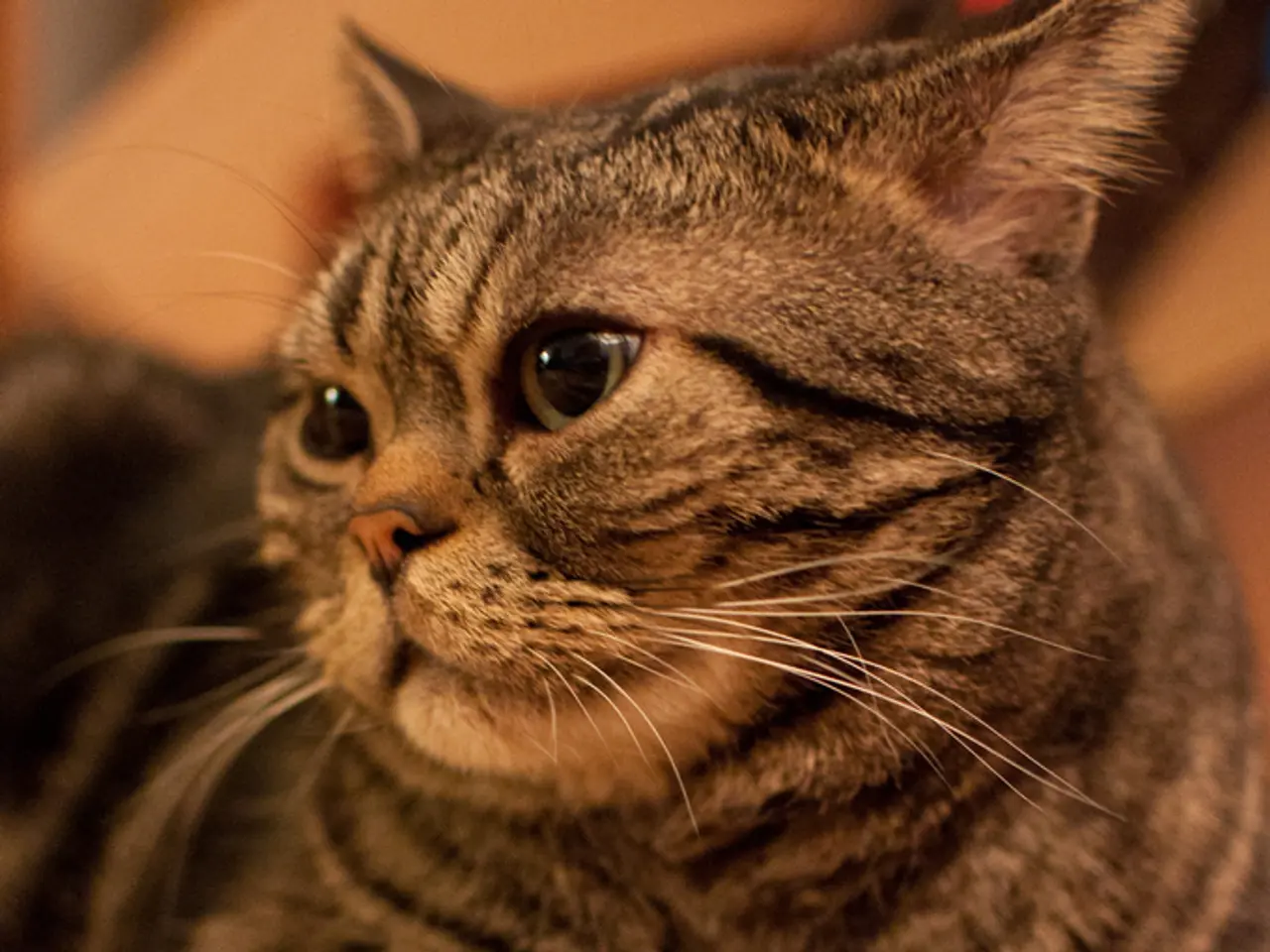Cat protection rules enacted in Neu-Isenburg took effect in July
In the picturesque city of Neu-Isenburg, a significant change is on the horizon. As of July 1, 2025, a new cat protection regulation will come into effect, marking a significant step towards better animal welfare and ecological sustainability.
The new regulation, which requires owners to neuter, identify, and register their stray cats, is a collaborative effort between the city administration and animal welfare organisations such as NABU and ProKatz. The initiative aims to protect the local bird population by reducing the cat population, prevent uncontrolled reproduction of stray cats, and relieve animal shelters by shortening the stay of found cats with microchips, thereby reducing animal suffering.
First Mayor Stefan Schmitt emphasised the city's reliance on the responsibility of animal owners to implement the regulation. He explained that the city is relying on information and voluntary cooperation for compliance with the regulation, rather than enforcing it with penalties.
In preparation for the implementation of the regulation, the city of Neu-Isenburg has acquired a microchip reading device for identifying found cats. This will enable quicker reunions with their owners, reducing the cats' stay in the facilities and alleviating the workload of the animal shelter staff.
Neu-Isenburg is not alone in this endeavour. The city is a member community of the Dreieich animal shelter and is joining a growing number of Hessian cities and communities that have similar regulations, including Egelsbach, Hainburg, Langen, Mainhausen, and Seligenstadt.
The regulation in Neu-Isenburg is part of a broader trend towards stricter animal welfare regulations in Hessian cities and communities. This move is expected to result in a lower number of unneutered cats, thereby reducing the risk of the spread of cat-specific diseases. Furthermore, by avoiding unnecessary animal suffering as animal shelters are reaching their capacity limits, the city aims to ensure a more humane treatment of stray cats.
As with any new regulation, the specifics of the Neu-Isenburg cat protection regulation may evolve over time. For the most accurate and up-to-date information, it is recommended to consult the official local government or municipal websites of Neu-Isenburg or regional news outlets.
Other scientific studies might be conducted to monitor the effectiveness of the new cat protection regulation in improving bird populations and animal welfare. The city's health-and-wellness initiatives, such as this regulation, could serve as a model for other cities seeking to prioritize animal welfare and ecological sustainability.




